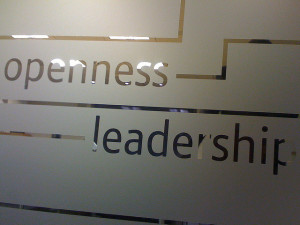 In recent weeks, Raph Koster has been writing interesting post-mortem articles about Star Wars Galaxies. One point in particular caught my attention from a leadership point of view: the state in which the team was left in after Koster’s departure and his regret over his failure to train a replacement before he left.
In recent weeks, Raph Koster has been writing interesting post-mortem articles about Star Wars Galaxies. One point in particular caught my attention from a leadership point of view: the state in which the team was left in after Koster’s departure and his regret over his failure to train a replacement before he left.
Koster’s story is not a rare one. I have been through similar experiences myself. It is the difference between managing a team and leading a team, and it is a difficult lessons to learn. In this post, I want to dig a little deeper into management and leadership, and how it affects the growth of the team members.
Continue reading “Leaders grow their own replacements, managers don’t”











